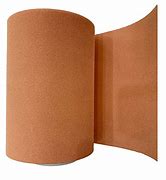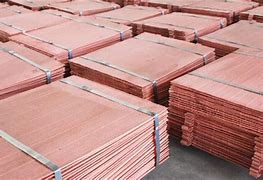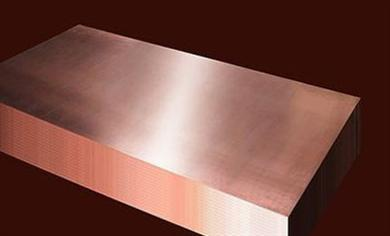The Hidden Secret of 1/2 Copper Pipe: Why Size Really Matters
(What Is Od Of 1/2 Copper Pipe)
Let’s talk about copper pipes. You’ve probably seen them in your home, hiding behind walls or under sinks. They’re the quiet heroes of plumbing. But there’s one question that trips up even seasoned DIYers: What exactly is the OD of a 1/2-inch copper pipe? The answer isn’t as straightforward as you think. Grab a coffee, and let’s dive into the tiny detail that makes a big difference.
First, OD stands for “outer diameter.” It’s the total width of the pipe, measured from one outer edge to the other. Simple, right? Here’s the twist: a 1/2-inch copper pipe doesn’t have a 0.5-inch outer diameter. If you grab a tape measure, you’ll see it’s actually closer to 5/8 inch (or 0.625 inches). Confused? You’re not alone. This quirk dates back to old plumbing standards, where pipes were named based on their *inner* diameter, not the outer. Over time, materials got thicker, but the names stuck. So today, the label “1/2-inch” refers roughly to the *inside* space, not the outside.
Why does this matter? Imagine buying a shiny new 1/2-inch pipe for a DIY project. You measure the hole it needs to fit through, thinking half an inch is half an inch. Surprise! The pipe is wider than expected. Now your perfect project is stuck because the math didn’t add up. Knowing the OD helps avoid headaches during installations. Fittings, brackets, and tools are designed for specific pipe sizes. A tiny mismatch can mean leaks, wobbles, or worse.
Let’s break it down with numbers. A 1/2-inch Type L copper pipe (common in home systems) has an OD of 0.625 inches. Type M, a thinner-walled version, shares the same OD but has a larger inner diameter. This means both types fit the same fittings, even though their inner capacities differ. The OD is the star here—it decides compatibility. Ignore it, and you might end up with a pile of useless connectors.
Here’s a fun fact: copper pipes weren’t always this precise. Early plumbing systems used lead or iron pipes, sized by rough estimates. Standardization changed the game. Today, strict rules ensure pipes and fittings work together seamlessly. But the naming tradition stuck, leaving us with labels that feel a bit like inside jokes.
Still wondering how to measure OD? Grab a caliper or a flexible tape. Wrap it around the pipe, divide the circumference by pi (roughly 3.14), and you’ve got the diameter. No fancy math needed. For a 1/2-inch pipe, this should land you near 0.625 inches. If it doesn’t, double-check the pipe type or label—sometimes mix-ups happen.
Copper pipes rule the plumbing world for good reasons. They resist corrosion, handle heat, and last decades. But their sizing quirks can throw anyone off. Next time you’re at the hardware store, remember: the “1/2-inch” tag isn’t lying. It’s just telling an old story. Focus on the OD, and you’ll keep your projects leak-free and frustration-free.
(What Is Od Of 1/2 Copper Pipe)
So there you have it—the not-so-secret secret of copper pipes. Whether you’re fixing a sink or building a sprinkler system, size truly matters. Measure twice, buy once, and let that OD guide the way. Happy plumbing!
Inquiry us
if you want to want to know more, please feel free to contact us. (nanotrun@yahoo.com)



